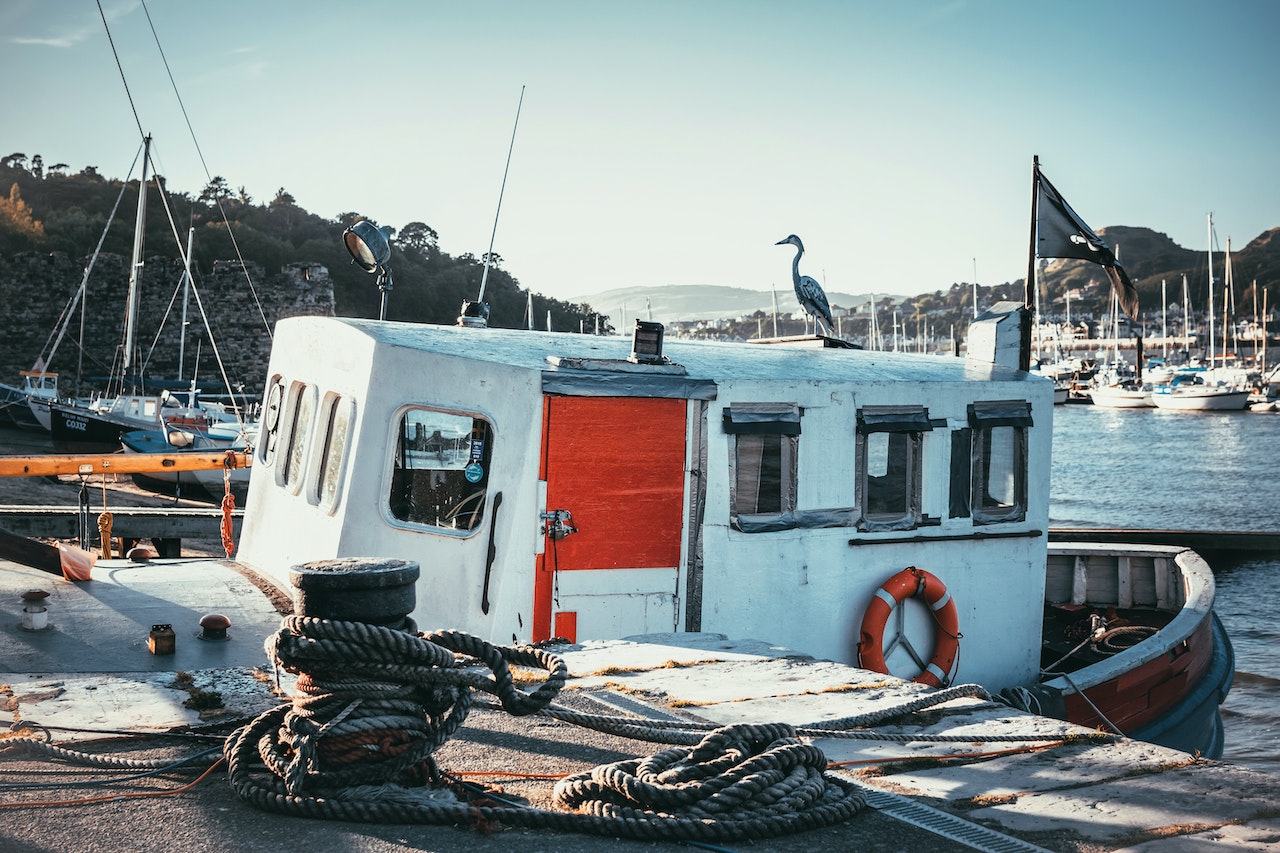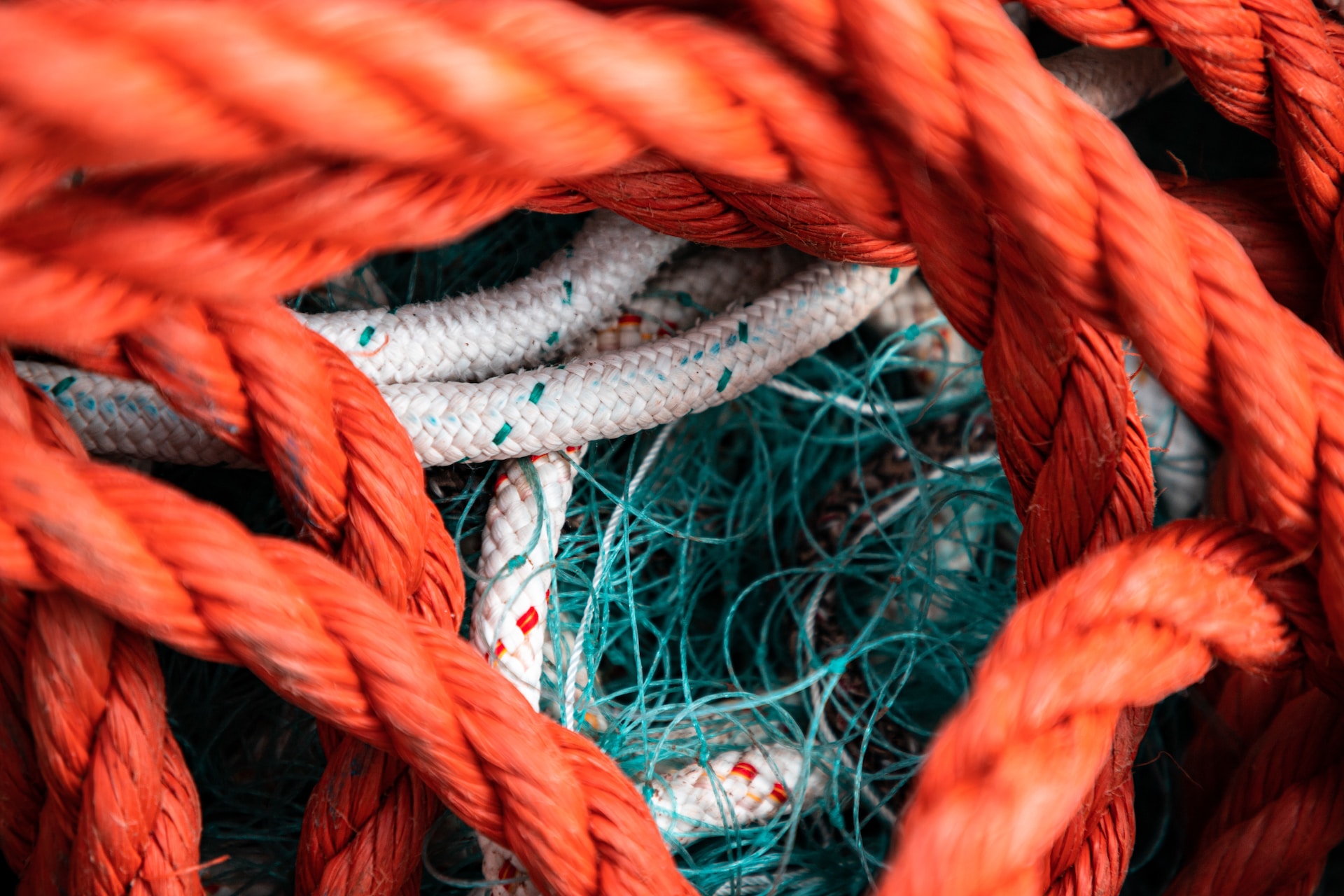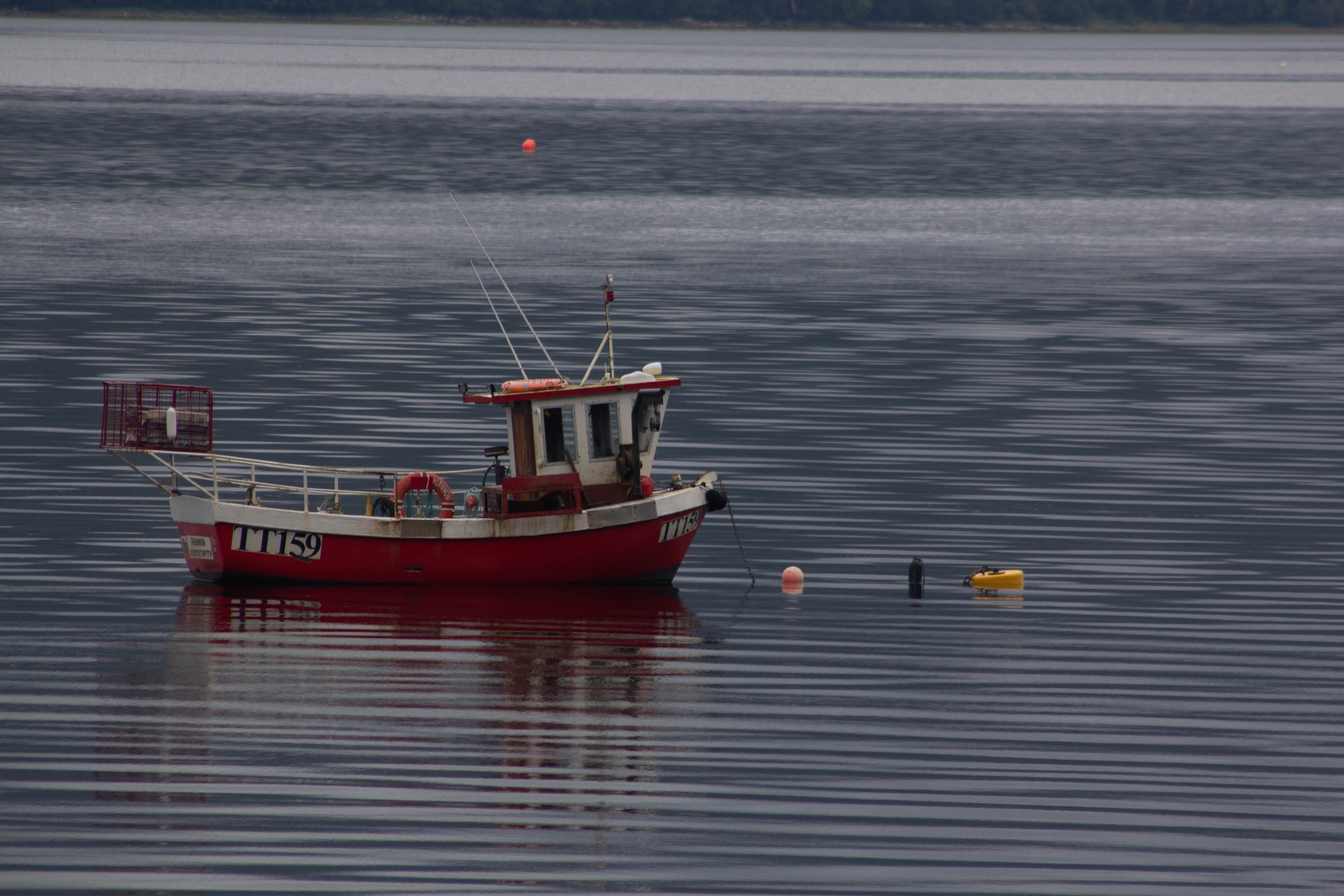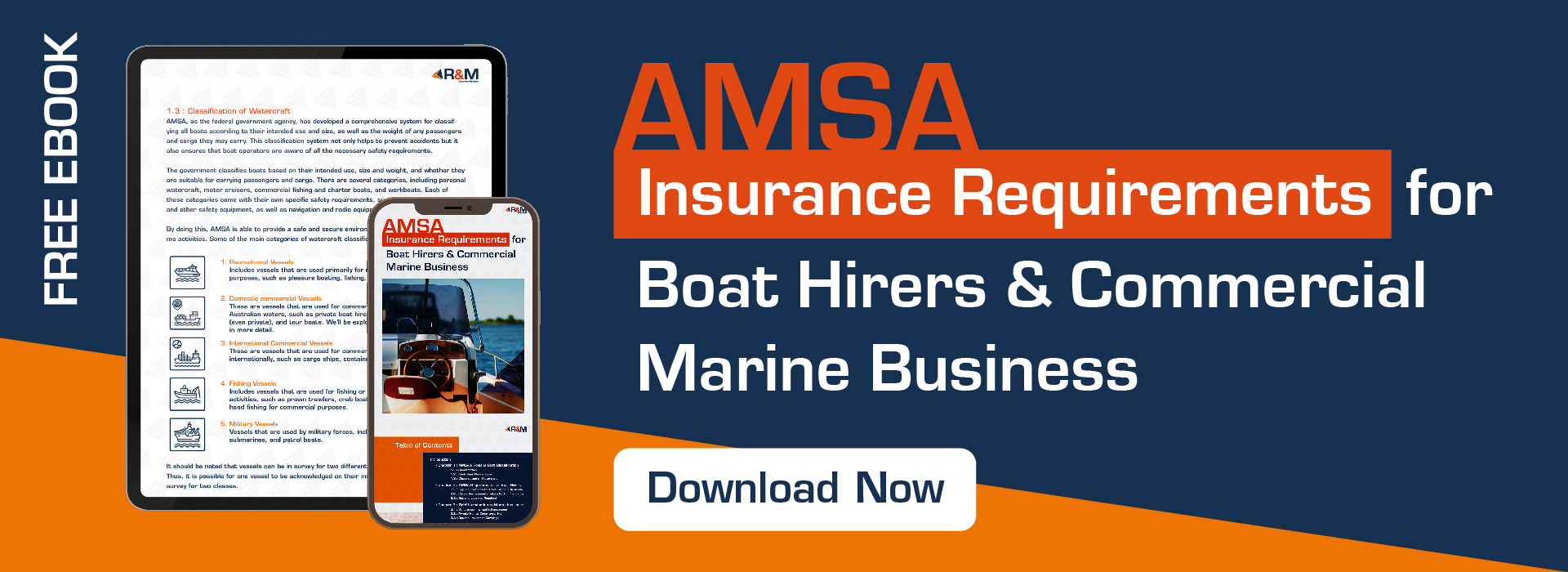
Commercial fishing is an important industry in Australia, contributing to the country’s economy and providing employment opportunities in coastal communities. The commercial fishing industry in Australia is diverse, with a wide range of species harvested from various locations around the country’s extensive coastline.
The Australian Fisheries Management Authority (AFMA) and the Australian Maritime Safety Authority (AMSA) both play important roles in the regulation and management of the commercial fishing industry in Australia. While their areas of responsibility differ, they work closely together to ensure the safety of vessels and crew and the sustainable management of fish stocks.
Roles of AFMA & AMSA
AFMA is responsible for managing Commonwealth fisheries, which operate in waters beyond three nautical miles from the coast. They set quotas and other management measures to ensure the sustainability of fish stocks, monitor compliance with regulations, and manage fisheries research and data collection.
AMSA, on the other hand, is responsible for ensuring the safety of vessels and crew in Australian waters, including those involved in commercial fishing. They develop and enforce safety regulations and provide guidance and education to vessel owners and operators on best practices for managing risks and preventing accidents and injuries.
While their areas of responsibility may differ, AFMA and AMSA work together to ensure the safety of vessels and crew and the sustainable management of fish stocks. They share information and collaborate on issues related to the commercial fishing industry, including vessel safety, environmental protection, and compliance with regulations. This partnership helps to ensure the long-term viability of the commercial fishing industry in Australia.
By now, we should know that there are special conditions that apply to fishing vessels under AMSA. These conditions are designed to promote safety and ensure that fishing vessels are properly equipped to operate in Australian waters.
1. Safety Requirements for Commercial Fishing Vessels
Commercial fishing boats operate in a challenging and often hazardous environment, and as such, are subject to strict safety requirements to ensure the safety of crew members and the protection of the marine environment. The specific safety requirements for commercial fishing boats can vary depending on the type of vessel, the location of operation, and the nature of the fishing activities. However, some common safety requirements for commercial fishing boats include:
- Safety equipment: Commercial fishing boats must be equipped with appropriate safety equipment, such as life jackets, life rafts, and emergency beacons.
- Crew training and qualifications: Crew members on commercial fishing boats must be properly trained and qualified to perform their duties safely, including training on emergency procedures and the use of safety equipment.
- Vessel maintenance and inspection: Commercial fishing boats must undergo regular maintenance and inspection to ensure that they are in good working order and that all safety equipment is functioning properly.
- Compliance with regulations: Commercial fishing boats must comply with all relevant safety regulations, such as those set by the Australian Maritime Safety Authority (AMSA), to ensure that they are operating safely and within the law.

2. Navigation & Communication Requirements
Commercial fishing boats are required to have appropriate navigation and communication equipment on board to ensure safe navigation and communication with other vessels. Some of the specific requirements for navigation and communication equipment on commercial fishing boats include:
- GPS system: Commercial fishing boats must be equipped with a Global Positioning System (GPS) to determine their position and track their movement.
- Radar: Commercial fishing boats must be equipped with a radar system to detect other vessels, navigational hazards, and adverse weather conditions.
- Sound signalling devices: Commercial fishing boats must have sound signalling devices, such as whistles and horns, to alert other vessels of their presence.
- VHF radio: Commercial fishing boats must be equipped with a Very High Frequency (VHF) radio to communicate with other vessels and authorities, such as the Australian Maritime Safety Authority (AMSA).
- Emergency communication equipment: Commercial fishing boats must have emergency communication equipment, such as an Emergency Position Indicating Radio Beacon (EPIRB) and a satellite phone, to alert authorities in the event of an emergency.
- Navigation lights: Commercial fishing boats must have appropriate navigation lights to ensure that they are visible to other vessels during periods of low visibility.
3. Fish Handling and Storage Requirements
Fish handling and storage are important aspects of the commercial fishing industry as they directly impact the quality and safety of the catch. Proper handling and storage techniques can help to maintain the freshness of the fish, prevent spoilage, and minimize the risk of foodborne illness. Some important fish handling and storage requirements include:
- Temperature control. Fish must be kept at the appropriate temperature to prevent spoilage and maintain quality. This may include refrigeration or freezing on board the vessel or at the processing facility.
- Hygiene: Fish must be handled and processed in a clean and hygienic environment to prevent contamination and the growth of harmful bacteria. This includes regular cleaning and sanitizing of surfaces and equipment.
- Handling techniques: Fish must be handled carefully to avoid damage to the flesh, which can affect the quality of the catch. This includes avoiding rough handling, improper stacking, and overloading of storage containers.
- Packaging: Fish must be packaged appropriately to prevent damage and contamination during transport and storage. This may include the use of protective wrappings, such as waxed paper or vacuum-sealed bags.
- Labelling: Fish must be labelled accurately to indicate the species, catch location, date of catch, and other important information. This is important for traceability and food safety purposes.
- Quality control: Fish must be inspected and graded to ensure that it meets quality standards and is suitable for sale. This may include visual inspections, sensory evaluations, and laboratory testing.

4. Other Requirements for Commercial Fishing Vessels
We must note that all fishing vessels must be registered with AMSA and have a valid Certificate of Survey. The survey ensures that the vessel is structurally sound and meets all relevant safety standards.
Fishing vessels must also comply with a range of operational requirements, including those relating to navigation, communication, and crew training. For example, fishing vessels must maintain a proper lookout at all times, use appropriate navigational aids, and ensure that crew members are trained in emergency procedures.
Some other regulations that fishing vessels must comply with include:
- Environmental regulations: Fishing vessels must comply with regulations related to the protection of the marine environment, including rules around waste disposal and preventing pollution.
- Employment regulations: Fishing vessels must comply with employment laws related to crew wages, working hours, and conditions.
Ensure Compliance to Protect Your Insurance
Non compliance with government bodies such as AMSA can be a reason to decline an insurance claim. Depending on the policy wording, there are avenues for an insurance company to decline a claim based on non-compliance with regulatory bodies. It’s important that we don’t give them any opportunity to avoid paying for what would otherwise be legitimate claims.
These laws are designed to promote sustainability and protect marine resources, as well as ensure that fishing vessels are operated safely and responsibly. To conclude, compliance with these laws is essential for fishing vessel operators to ensure the long-term sustainability of fishing resources, protect the marine environment, and operate safely and responsibly.

